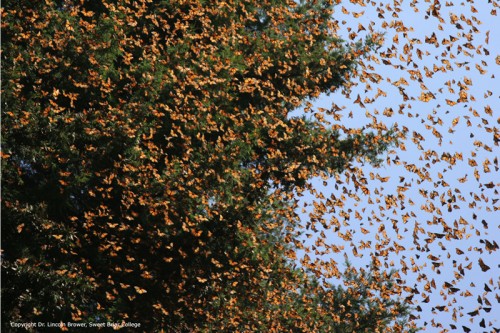Environmental Defense Fund’s mission is to preserve the natural systems on which all life depends.
Guided by science and economics, they seek practical and lasting solutions to the most serious environmental problems.
What distinguishes Environmental Defense Fund is the combination of what they protect and how they protect it.
|
“My entire farming career up until about two years ago was getting rid of this weed… We were too good at eliminating it, and now we’ve gone too far. There’s collateral damage.” The collateral damage Pat Duncanson—of Duncanson Growers in Mapleton, MN—is talking about? Monarch butterflies. In just two decades, monarch populations have plummeted by 90 percent as the milkweed they depend upon has fallen victim to increased use of herbicides, climate change, and other drivers of habitat loss. But the Duncanson family is setting an example for ranchers and farmers across the country—and is refusing to let the monarch butterfly slip away. Why farmers? As Kristin Weeks Duncanson explains, “Farmers are naturally conservationists. We are the stewards of the land. This is an opportunity, but it’s also a responsibility—to leave the land, the animals we produce, in better shape than how we found them.” But farmers can’t go it alone. And we’re here to help. In our video, you’ll meet not only the Duncansons, but also EDF’s own Director of Conservation Strategy, David Wolfe, and University of Minnesota’s Dr. Karen Oberhauser—a world-renowned expert on the monarch butterfly. Together, they explain not just how America’s heartland can help save the monarch—but why this collaboration is so special, and how we’re measuring its effectiveness to ensure we’re truly getting monarchs back to where they need to be. Watch our five-minute video to find out how we’re refusing to let the monarch fade into extinction—and then spread the word by sharing it with your friends on Facebook and Twitter! |
 |
|
Thank you for standing with us in bringing monarchs back from the brink,
|

